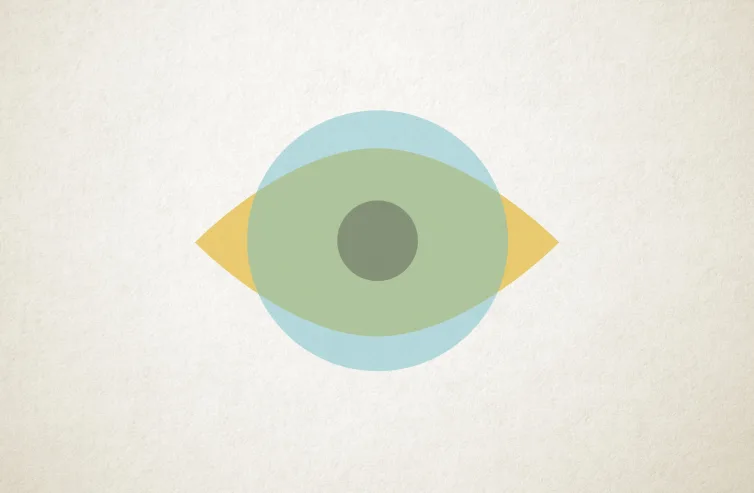If you happened upon this apocalypse survival guide, you'd probably think it’s tips for survival in dire situations. Not so fast. It’s actually a guide for marketers on how to prep for the cookieless future.
Marketers are on high alert, and for good reason. The looming phaseout of cookies has sent shockwaves through the industry, leaving all of us scrambling for ways to stay connected with customer preferences and uphold segmentation strategies. But don’t start panicking. You already have access to data that’s more powerful than third-party cookies, and it’s time to realize its full potential. We’re talking zero-party data.
The end of third-party cookies ≠ the end of personalization
With cross-site tracking no longer working on Apple’s Safari, and Google gradually saying goodbye to third-party cookies, we’re drifting toward a cookieless world.
We’re drifting toward a cookieless world. Apple disabled third-party cookies on Safari a few years ago, and Google is gradually saying goodbye to cross-site tracking.
Does that mean granular targeting and personalization will come to an end, too?
We can’t say it’ll be easy, but it'll be possible. And we think it has strong potential for customer segmentation and personalization.
For years, targeting has been stuck in a loop of assumptions, often creating unsettling online experiences. You browse for a pair of sneakers, and suddenly, every ad insists you must be an aspiring marathon runner.
While cookies let you ramp up your campaigns fast, reaching the supposedly right audiences at a large scale, they were also feeding stereotypes and generalized assumptions.
The zero-party data that comes to replace cookies prompts you to view your audiences as individuals, not mere data points. It lets you better understand your prospects and customers without spying on them. Simply asking a visitor about what they’re looking for on your site can replace (and outperform) implicit cross-site tracking.
Zero-party data marks the new era of customer segmentation
Zero-party data (ZPD) represents any data gathered through good old explicit data collection methods, like surveys or registration forms.
It's a mutual exchange, where customers willingly provide information with the understanding that it'll be used to enhance their experience. Want to know why they’re on your website? Ask them directly. Curious about the content they prefer? Ask again.
ZPD allows you to continue to provide personalized experiences without relying on invasive tracking methods.
Here are just a few benefits of using ZPD to fuel your marketing campaigns:
As customers are increasingly cautious about how their data is being used, zero-party data aligns with their desire for transparency and control.
It’s more accurate than cookie-based targeting. ZPD is explicit, which allows you to create more distinct customer segments.
It helps you create accurate personas so you can build your messaging around real pain points.
It lets you deliver highly personalized experiences without infringing on privacy.
And best of all, your marketing messages will no longer feel creepy or irrelevant. Instead of quietly following your customers across channels (ahem, like a stalker), you’ll get to engage with them directly and avoid guesswork.
How to use zero-party data for granular customer segmentation and precise targeting
Here’s how you can turn zero-party data into an engine powering your marketing campaigns.
1. Define the features distinguishing your customer personas
What makes each of your customer personas special? The answer will give you an idea of what you should be looking to discover with your zero-party data in the first place.
For instance, in your welcome pop-up, you can ask directly what the first-time visitor is looking for. Based on their responses, you get the first pieces of customer data that are critical for building distinct customer segments.
Say your brand sells minimalistic home products. The responses to your pop-up come from three groups of people: remote workers, busy parents, and DIY decorators. Remote workers respond that they’re looking to buy items for their home office. Meanwhile, parents seek practical solutions for a family-friendly home, and DIY enthusiasts love to infuse their personal touch into home decor. You’ve just got the key features that distinguish your customer personas.
2. Build up your customer personas with progressive profiling
Progressive profiling is a method of collecting information about your customers over a period of time.
Some popular explicit data collection methods for progressive profiling are:
Surveys
Chatbots
Polls
Quizzes
Registration forms
Support interactions
Customer feedback
Different methods fit different stages in your customer journey. While a one-question pop-up poll will be an ideal icebreaker for first-time customers, a customer feedback form will help you deepen connections with existing clients.
Use a combination of methods to build your customer profile. Introduce surveys, polls, and quizzes to collect zero-party data bit by bit at different stages of the customer’s buying journey. Just don’t be too greedy for information.
3. Merge ZPD together with first-party data
While zero-party data provides invaluable insights, relying solely on it won't take you far. ZPD delves into the motivations behind customer actions, but the essential context—the specifics of what, when, and how these interactions occur—comes from first-party data.
First-party data is the data collected from interactions between your customers and your brand—from website activity and email engagement to purchase history.
You need to make your first-party data and ZPD work together to achieve more precise targeting and enhance personalization.
Tip: Integrate your CRM system with Typeform to collect zero-party data and send it directly to your customer profiles.
4. Build automatic segmentation workflows
Don’t let your data gather dust in your CRM system. Use your CRM's automation features to automatically place customers into segments when they meet certain criteria.
Start by identifying the key data points you’d like to build your customer segments on. For instance, you can categorize customers based on first-party data like demographics or purchase history (i.e., existing customers vs. first-time visitors).
Then, you can layer zero-party data to make your segments more granular. Create separate segments for users who express an interest in different features of your product (e.g., based on customer support interactions) and/or build a dedicated segment for loyal customers. The sky’s the limit.
To set up automation, define rules in your CRM system to dynamically adjust segments in real time when user behaviors and preferences change. Specify trigger events that indicate a change in customer data—this could be any action, such as making a purchase, providing feedback, or interacting with customer support.
Now, your CRM is all set up to automatically update segments as more customer data flows in.
5. Enable more precise targeting
Use the granular segments you created with zero-party data for more precise targeting. Zero-party data gives you an opportunity to tailor your content, promotions, and communications to resonate with the specific preferences of each customer persona.
Here are some ideas for using more precise targeting to enhance personalization:
Design promotions that align with the unique needs of each segment.
Tailor paid advertising campaigns to resonate with specific customer personas.
Target each segment with tailored email campaigns.
Host events or webinars that match the interests of specific segments.
Create lead magnets that appeal to different customer personas.
Tailor your campaigns based on the data your audience voluntarily shares with you, and get ready to feel the difference.
Detailed personas start with a good form
Zero-party data has a strong potential to outperform third-party cookies. Not only does it keep you compliant, but it also allows you to create more distinct customer personas and improve targeting.
Now, here's the best part: You already know how to collect it. All you need is a simple and non-distracting form. That’s where Typeform can help. Try Typeform for free and build forms that get completed.








